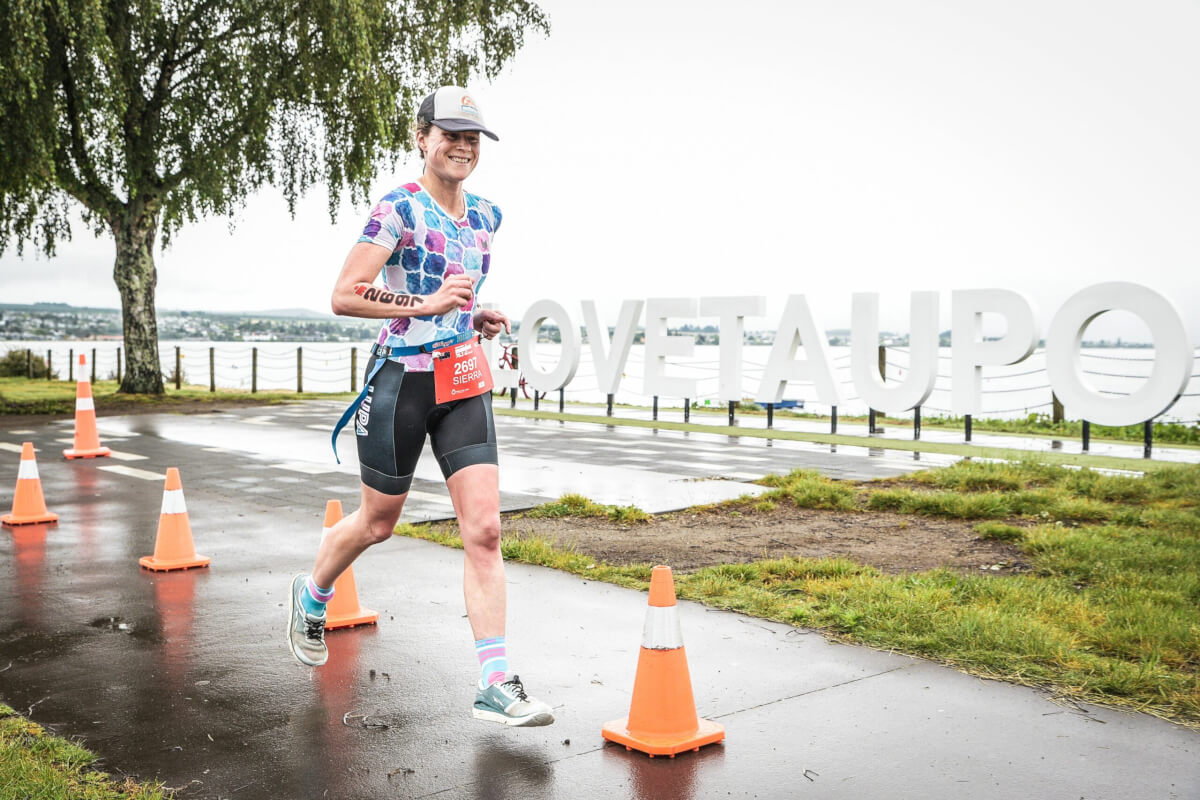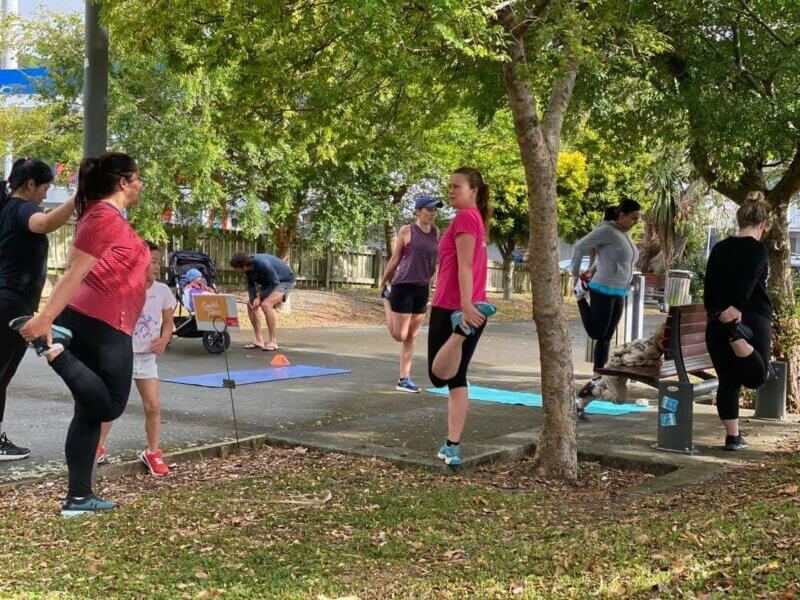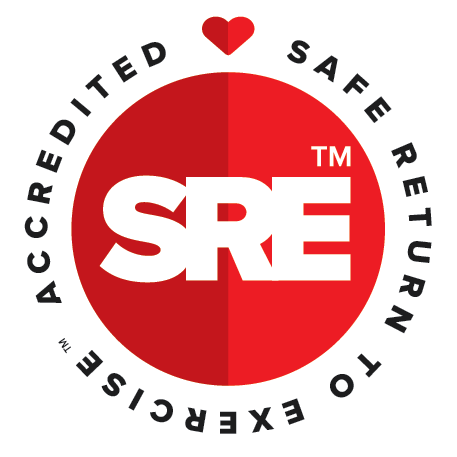Postnatal Return to Running

Considerations for Postnatal Running
In this article I outline some of the less talked about considerations running postpartum. If you are at the point where you are thinking of either returning to running or want to start running after having your baby, then read on. Also, check-out our other informative article on this topic over on the MumSafe website
How to start running after birth?
Firstly, start with your pelvic floor.
Even if you have no symptoms of a dysfunctional pelvic floor, you don’t know what you don’t know! Let your local women’s health physiotherapist be your ‘eyes on the inside’ and do a full assessment to ensure your body is ready.
It is better to get the all clear at the start rather than begin running and find out later that you had a weakness or a dysfunction, such as a prolapse, that can cause a set back. There are various degrees of prolapse and you might not feel the prolapse initially.
If you do start running and have any of these symptoms please see a women’s health physiotherapist (WHP) as soon as possible;
- Leaking
- Hip pain/pelvic pain/lower back pain
- Pressure in the pelvic area
- Pain during sex
Secondly, check in with your body alignment
If you have had children, you’ll know that your body doesn’t just “bounce back”. But did you know that it can take around 7 months for your spine to go back to its pre-baby alignment? When you are pregnant your pelvis starts to tilt forward as the baby bump grows. This creates a greater sway in your lower back.
This tilt and sway is not ideal for running because it puts a lot of pressure on the lower back and means the transverse abdominal muscles may not be working properly – hence the back pain or hip pain.
The fix? You can start by stretching the hip flexors and rebuilding your core from the inside out. Check with your local MumSafe trainer for more advice on how to do so.

Next, how are your hips?
Following on from #2, tight hips can make you feel like you are plodding along and can’t lift your knees when you run.
Again, this is due to the changes your body needed to undergo to carry your baby and give birth. Allow time for the recovery and re-alignment to happen. But in the meantime stretching and strengthening the hip flexors will help.
I personally found hip mobility exercises a great help to regaining my range of motion. This then translated to me feeling lighter on my feet when running and more in control.
Why am I getting a stitch?
It depends on where the stitch is. But if it feels like it is up high/in your diaphragm, then it could be cramping because your rib cage is stuck. This happened to me.
If you place your hands around the side of your rib cage and breathe in, you should be able to feel your rib cage expand as your lungs fill. If they don’t you may then also notice that you have trouble taking a deep breath in.
While this may not impact you so much day to day, it will when you are running. You have a much higher oxygen demand and will need to breathe deep to get enough in. So if you are struggling to get the oxygen you need you may get a stitch as a result.
If the shoes fits!
Relaxin is responsible for relaxing your ligaments in preparation for birth. It stays in your body for about 3 months after birth or until you have finished breastfeeding. Because of the relaxing effect it can also widen your feet!
Don’t be surprised if your existing running shoes no longer fit. In order to run consistently you need to have comfortable shoes that fit you. It is definitely worth investing in a new pair of shoes that fit your feet properly as they are today (not as they were pre baby).
The final tip
Remember consistency is the key with any successful running endeavour. Start slow and steady and with a frequency that your new family life can sustain. Running is for the long term, even if you have short term goals. But pushing too hard, too fast, too soon will only lead to injury or burn out.
REFERNCES
Returning to running postnatal – guidelines for medical, health and fitness professionals managing this population – Authors: Tom Goom, Gráinne Donnelly and Emma Brockwell Published – March 2019
Maximizing Recovery in the Postpartum Period: A Timeline for Rehabilitation from Pregnancy through Return to Sport – Authors Rachel Selman, Kate Early, Brianna Battles, Misty Seidenburg, Elizabeth Wendel, and Susan Westerlund
Sierra Ryland runs Sparkle Fitness NZ in Wellington, . Learn more about Sierra and Book your Trial today.
